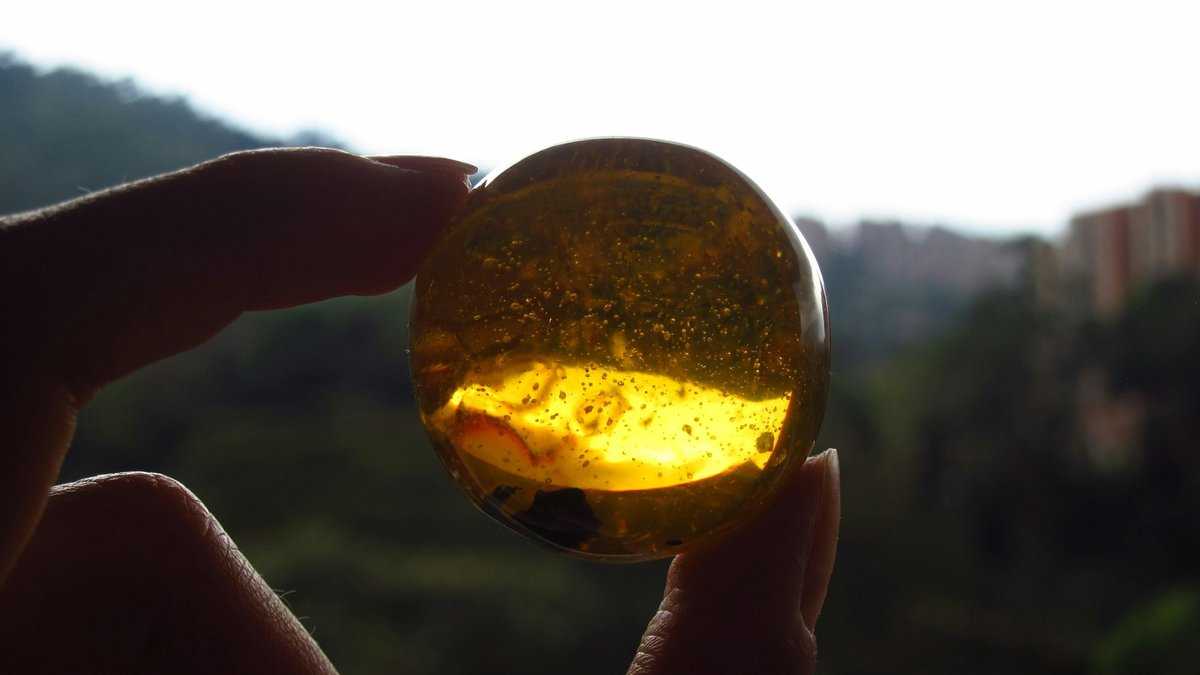Humanism
How Did Language Begin? The Great Mystery of Human Communication
25 December 2025

Remember the mosquito trapped in amber from "Jurassic Park"? That amber held dinosaur blood, but here lies evidence of a much darker process. An ant and a fly, infected by a prehistoric zombie fungus, survived millions of years sealed in a resin capsule. Scientists discovered the oldest known trace of this parasite that takes control of its victim's bod
Imagine an insect suddenly losing its will. A parasite takes over its body, controlling every movement until it dies on a leaf, in a perfect spot to release spores. These dramatic moments, frozen by time, make insects in amber resemble scenes from a prehistoric thriller. One such scene found preservation in a translucent resin piece from the Hukawng Valley, in present-day Myanmar. Inside, an ant and a fly are pierced by thin filaments of an ancient fungus. This constitutes the oldest known evidence of “zombie fungi.”
“It’s fascinating that some of the strange phenomena occurring in nature today also took place in the dinosaur era,” says Professor Edmund Jarzembowski from the Nanjing Institute of Geology and Palaeontology, co-author of the study, as quoted by Earth.com.
The discovered amber dates back approximately 100 million years. The fungus, named Paleoophiocordyceps, belongs to the same lineage as modern zombie fungi that currently infect insects in tropical forests.
Worth reading: Astonishing Organism Hibernation of a Siberian Nematode: It Survived for 46,000 Years
The mechanism this prehistoric zombie fungus employed was as effective as it was terrifying. It all starts with a microscopic spore that penetrates the insect’s exoskeleton and takes control of its body. The parasite influences the victim’s nervous system, altering its behavior. As the fungus matures, the insect attaches itself to a leaf and dies. Thanks to the exceptional preservation of details, insects in amber reveal how precisely the fungus controlled its victim millions of years ago.
Amber acts as a time capsule. Within minutes, resin can encapsulate an organism, allowing it to survive millions of years without decomposition. This makes such finds invaluable sources of knowledge about evolution, including its darker aspects. In this case, researchers found not only infected bodies but also delicate fungal hyphae and structures where spores developed.
“This is a window into the ancient ecology of disease,” stated the study authors, whose research appeared in Proceedings of the Royal Society B: Biological Sciences.
Interestingly, the arrangement of spores and their structure show almost no difference from those observed today in similar specimens. This means parasitic fungi operated using the same strategy for over 100 million years.
Scientists now have concrete plans for utilizing these fungi. Researchers aim to employ them as natural pesticides. Instead of using chemicals that pollute soil and water, biologists use fungi to control locusts or moths. Their ability to selectively target specific insects proves invaluable in agriculture.
This demonstrates that even an organism as ancient as the prehistoric zombie fungus can inspire a revolution in our approach to agriculture and environmental protection today. Perhaps we should look with greater respect at what seems dormant and hidden within a piece of old resin.
Read the original article: 100 milionów lat w śmiertelnej pułapce. Tak działają grzyby zombie

Truth & Goodness
24 December 2025


Zmień tryb na ciemny